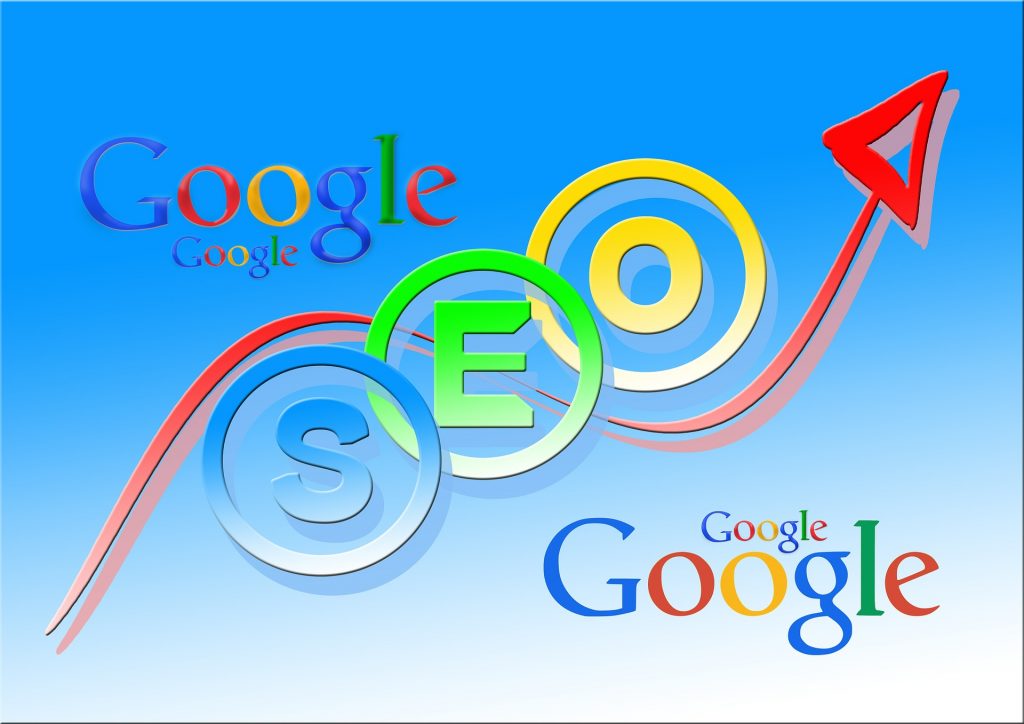
You must have seen the term SEO at some point while you were surfing the web. Perhaps, you heard it during a conversation or at an event, but you can’t quite wrap your head around it. Truth is, it is not as hard as many people make it seem. SEO stands for Search Engine Optimization, and it simply means optimizing search engine visibility for your online business.
Local SEO, therefore, means enhancing your local business’ search engine visibility. This means ensuring that your business page is rich enough to pop up when someone makes a search for products or services you offer within your local community or city. But how exactly do you go about it? Maui SEO company Ocean Epic has provided us with 7 easy steps to take your business to the next level using local SEO.
- Get on Google My Business
You may not already know this, but many people depend on Google to determine whether a business is known or authentic. Google My Business is Google’s way of verifying the existence of a business and sharing its major details. You should create a page, take advantage of Google posts in your account, urge customers to share reviews, and leave authentic responses to reviews.
If your business can be verified by Google, you’d earn a slot at the side-bar section of Google local searches.

- Get your details right
Details like your name, phone number and addresses must be correct and consistent. You must ensure this is included on your site as crawlable HTML text. But more importantly, ensure you make it as easy as possible for anyone to find you, as well as for search engines to locate you. This would ensure your NAP details are the same across all platforms. Otherwise, Google will not add you to search result pages if they can’t verify your basic details.
- Use Social Media
Social media have become the hub for everyone, including your potential customers. As this trend continues, it will be wise to share your Google My Business link on your different social media pages. So, instead of waiting for potential clients to search online for products or services you offer, you’ll be taking it to them via social media.
- Make your site Mobile-friendly
While the figures are not exact, it is estimated that more than 60% of all Internet users for 2020 used mobile devices. What this means is that more than half of the world’s Internet user population are constantly getting their information by means of a mobile device. You’ll be losing a large chunk of that potential market if your site is not mobile friendly. Even within your local community, chances are that a majority of them surf the web with a smartphone.
- Create local content
If you’re going to be focused on a local community, you must ensure that your posts are easily relatable by members of that community. It must be local and easy to understand. It is also important to use local pictures, scenery and places on your site. Writing about general topics may attract a large audience, but it’s better to focus on local stories, news, events, gatherings and other subjects.
- Optimize for keywords, title tags, URL and meta description
Keyword optimisation is a crucial component of SEO. It deals with using the right words and catch-phrases that searchers are more likely to use on search engine. Go into the mind of the average searcher and determine possible keywords that the individual would input when searching for products or services you offer. Use those same words generously in your content for titles and subtitles, as well as in the body of the articles.
For example, “plumber near me” or “carpenter in Brooklyn”. However, be careful not to go against Google’s regulations concerning keywords. Only apply them naturally and where they make sense.
- Evaluate and audit
SEO is not a one-off. It is not something you do and wrap up. SEO is a continuous exercise that requires frequent audit to know how your SEO campaign is faring and what changes need to be effected. There are several types of SEO audit, including On-page SEO audit, Google My Business audit, Website audit, Competitor analysis, and so on. All of these are meant to monitor your site’s progress and ensure it is in line with your business goals.





